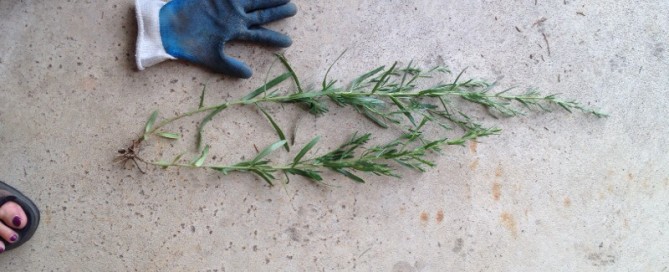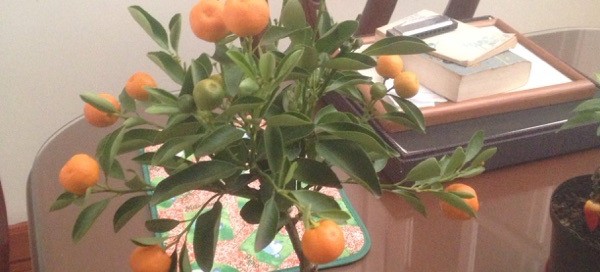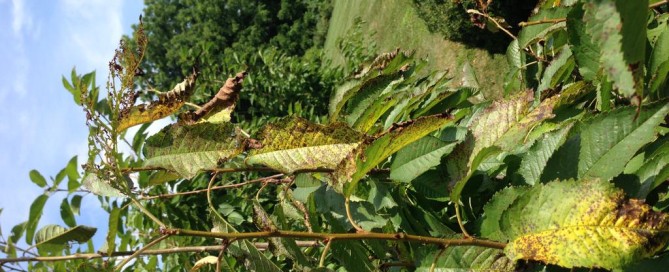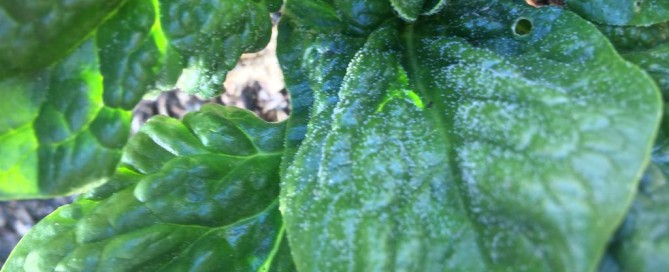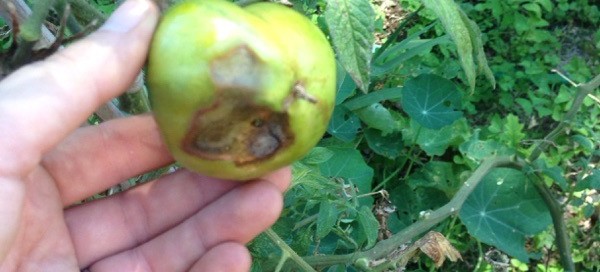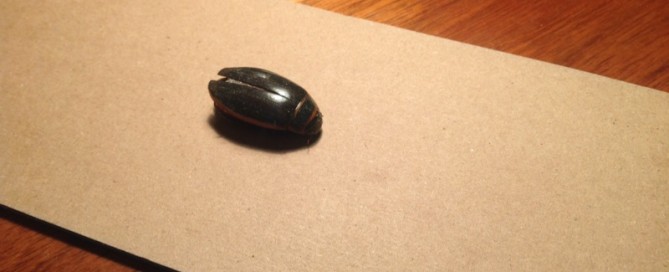Willow Aster
We may have found your rock garden "thug." It looks similar to a native aster called Willow Aster or White Panicle Aster. Here's a link so you can compare your live plant to this image. You'll need to scroll down the page a little to find it - http://wildflowersofcolorado.com/html/pg__7_white.html
Asters, even hybrid, tame ones, can form large clumps and take over garden beds. Some varieties spread by root and seed. We can't find any scientific data on how yours spreads but based on your war with this weed, it's probably root and seed. You'll want to make sure they don't bloom and seed in your rock garden. In addition to hand pulling, if you have a large clump you could try using a broadleaf herbicide which kills the plant and root. Broadleaf herbicides, however, will kill anything with broad leaves so proceed with caution! Let us know if the picture doesn't match your plant by sending us another photo of it in the garden. We'll gladly try again!
